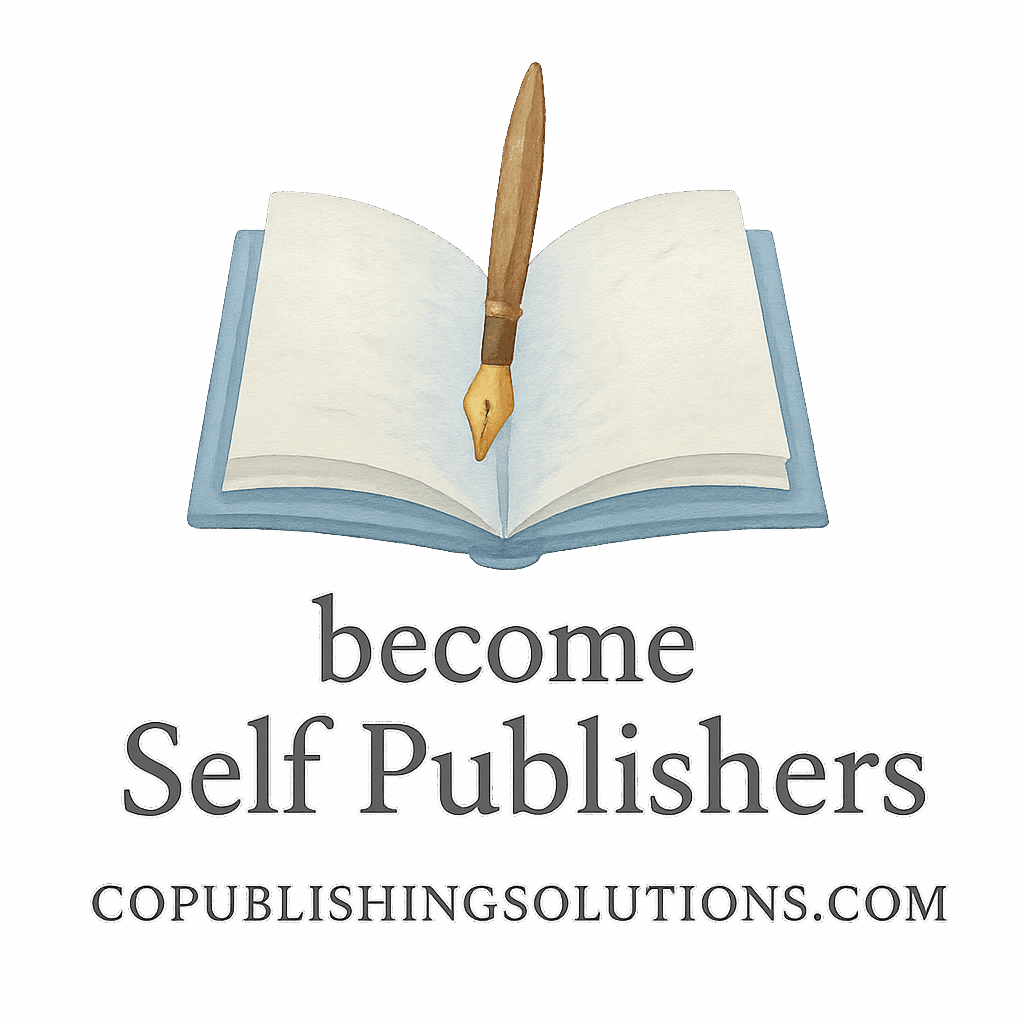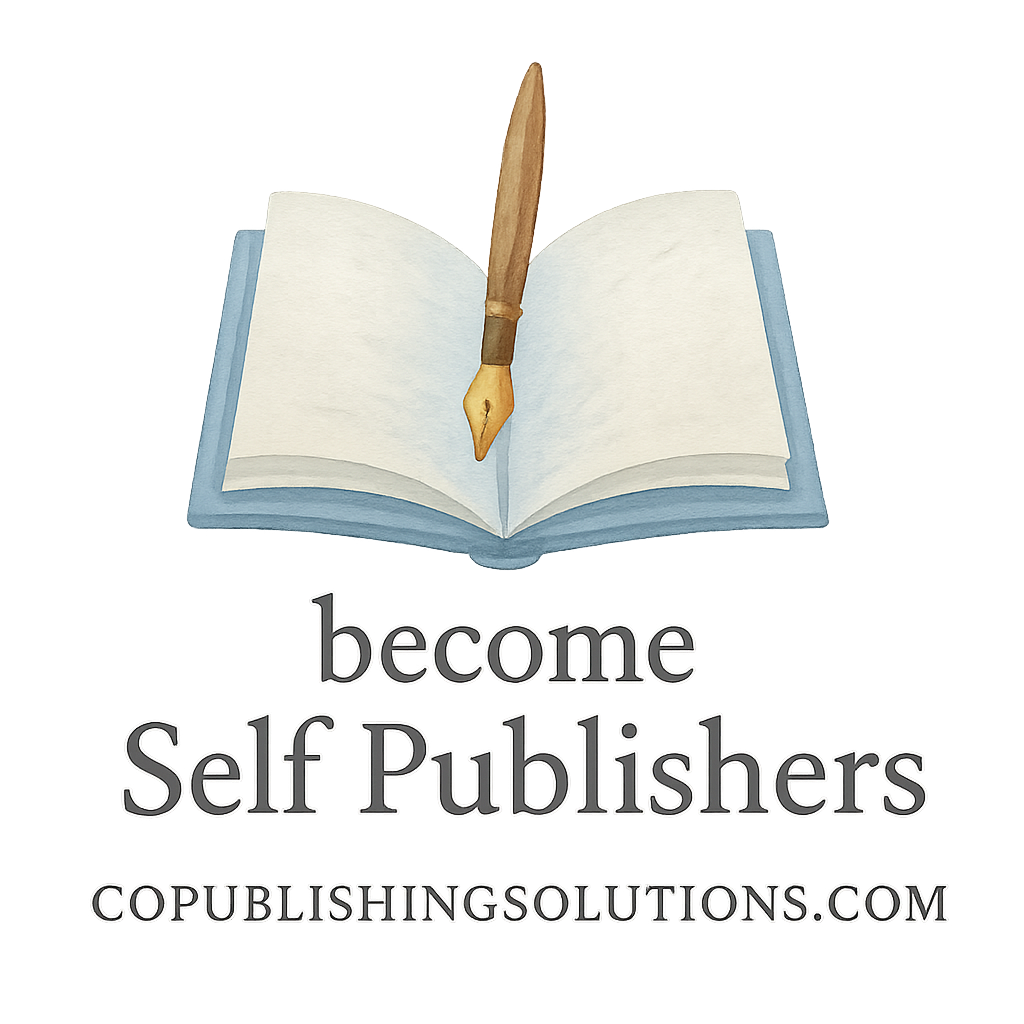Introduction to Publishing Layouts
Publishing a book isn’t just about great content—it’s about presentation. How your book looks can influence whether a reader turns the page or turns away. Whether you’re self-publishing or going traditional, using the right formatting tools can make or break your success.
Why Formatting Matters in Publishing
First Impressions and Readability
Think of your book like a first date. If it shows up looking disorganized and sloppy, readers won’t give it a second glance. Formatting tools ensure your book is clean, clear, and easy to digest.
Professionalism and Branding
Using a solid layout not only makes you look like a pro but also reinforces your personal brand. Whether you’re creating a guide, novel, or memoir, formatting contributes to how your book communicates visually.
Choosing the Right Formatting Tool
Compatibility and Learning Curve
Some tools are plug-and-play, others require a bit of a learning curve. If you’re a beginner, user-friendly platforms are ideal. More advanced users might prefer tools with deep customization.
Features and Integration
A good formatting tool integrates with platforms you already use. Whether you’re publishing through CoPublishing Solutions, Amazon KDP, or IngramSpark, compatibility is key.
Top 7 Formatting Tools for Perfect Publishing Layouts
1. Adobe InDesign
Pros and Ideal Use Cases
Adobe InDesign is the gold standard for professional layout design. It’s perfect for authors with complex layout needs—like textbooks, photo books, and magazines.
Integration with Publishing Tools
InDesign integrates smoothly with publishing content strategies and publishing tools and platforms. Great for businesses and collaborative projects.
2. Microsoft Word
Accessibility for Beginners
Don’t knock it—Word is still widely used for manuscript formatting. It’s accessible, simple, and has tons of built-in styles.
Templates and Formatting Options
With built-in templates and compatibility with tools like Atticus or KDP, it’s a go-to for new self-publishing authors.
3. Scrivener
Writer-Friendly Interface
Designed with writers in mind, Scrivener helps organize your content before formatting it.
Export Features for Layouts
Scrivener allows clean exports for print and digital formats, which can then be finessed in another layout tool or uploaded directly.

4. Vellum
Made for Self-Publishing Authors
A favorite among indie authors, Vellum creates beautiful print and ebook formats with minimal effort.
Ebook and Print Formatting
Its preview features show exactly how your book will appear—great for book pages and book sales optimization.
5. Reedsy Book Editor
Browser-Based Convenience
Reedsy’s editor lives in your browser, so no downloads required. It’s sleek, simple, and free.
Collaboration Tools
Work with editors or co-authors in real time—great for co-authoring and collaboration needs.
6. Canva for Publishing Layouts
Design-Driven Publishing
While not a traditional book formatter, Canva shines with visuals. Use it for book design, covers, and promotional materials.
Templates for Book Covers and Pages
It offers tons of drag-and-drop templates, ideal for beginners testing out visual styles.
7. Atticus
All-in-One Writing and Formatting Tool
Atticus is the new kid on the block, combining writing, editing, and formatting in one tool.
Cloud Sync and Export Options
With cloud sync, you can work from anywhere and export directly to print or ebook formats.
Integrating Tools with Publishing Strategy
Aligning with Your Content Goals
Each tool fits a different publishing model. Identify your goals—monetization? Passive income? Align the tools with your long-term strategy.
Using the Right Platforms and Tools
Explore marketing and monetization options that work well with your formatting tool of choice.
Tips for a Perfect Publishing Layout
Consistency in Design and Fonts
Stick with 2-3 fonts max. Keep headers uniform and body text readable. Maintain visual consistency for a polished look.
Optimizing for Print and Digital Formats
Your book should look great on paper and screen. Many tools offer dual-format previews to help with this. Consider how your layout performs on both.
Final Thoughts on Formatting Tools
The perfect layout isn’t just a nice-to-have—it’s essential for reader retention, branding, and sales. Choose the right tool based on your experience level, publishing goals, and platform preferences. When in doubt, test a few to see which fits best.
Conclusion
Formatting is more than aesthetic—it’s strategy. Whether you’re diving into self-publishing basics or scaling up through advanced publishing growth, the right tools can elevate your book from amateur to Amazon-worthy. Explore, experiment, and find your perfect fit.
FAQs
1. What is the best formatting tool for beginners?
Microsoft Word or Reedsy Book Editor are easy to use and beginner-friendly.
2. Is Vellum worth the investment for self-publishing?
Yes, especially if you’re focused on clean ebook and print formatting without the tech headache.
3. Can I use Canva to format an entire book?
Canva is best for visual assets like covers, but not ideal for full book layout formatting.
4. Is Atticus better than Scrivener?
Atticus integrates writing and formatting better, but Scrivener offers deeper organizational tools.
5. Should I hire someone or use these tools myself?
If you’re on a budget or love DIY, these tools are great. For large projects, consider hiring a pro.
6. How do I make sure my layout looks good in print and digital?
Use preview features in tools like Vellum and Atticus, or order proof copies.
7. What if I want to collaborate on a book project?
Use tools with collaboration features like Reedsy or cloud-based platforms like Atticus for seamless teamwork.
Explore more publishing tools and expert strategies at CoPublishing Solutions.


